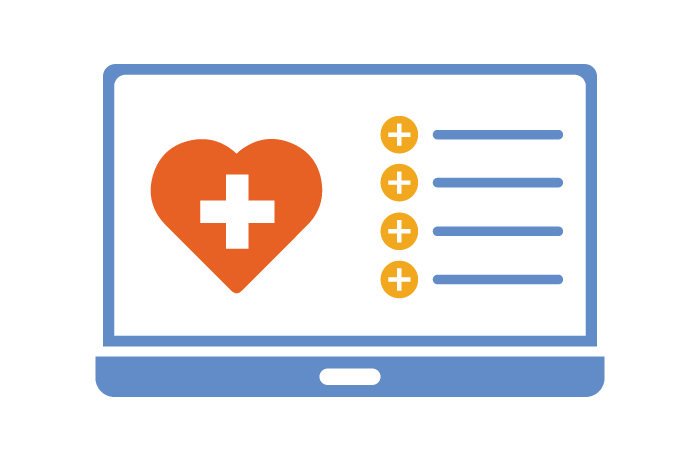2: Terminology Standards and Tools
Characteristics of a Standardized Terminology
A standardized medical terminology is a structured and systematically organized set of terms, concepts, and codes used in health care to describe clinical conditions, procedures, medications, and other healthcare-related topics in a consistent and uniform manner. These and other types of terminologies often use unique identifiers, have concepts or terms, and frequently include synonyms and relationships.
Standardized terminologies may have some or all of the following characteristics:
- Terms - A term is a human readable text description that can act as the anchor meaning for the concept. A term is associated with a unique identifier using a data model in order to represent a concept.
- Synonyms and Variants - Standardized terminologies often include synonyms or variant forms of terms to account for linguistic variations and diverse user preferences. Synonyms help ensure that users can find relevant information even if they use different terminology to describe the same concept.
Overall, the anatomy of a standardized terminology is designed to provide a robust framework for representing and organizing knowledge within a specific domain, facilitating communication, semantic interoperability, and consistency across users and systems.
Reference vs. Interface Terminologies

Terminologies have different purposes in different settings. In the clinical world, it is important to know the difference between a reference terminology and an interface terminology.
A reference terminology is a set of well-defined concepts and relationships that provide a common reference point for comparison and aggregation of data about the entire healthcare process. Reference terminologies can be used in healthcare for billing, insurance, data analysis and research, and decision support systems. SNOMED CT is a good example of a reference terminology.
Interface terminologies, also called application or entry terminologies, are systematic collections of healthcare-related phrases (terms) that support clinicians' entry of patient-related information into computer programs, like EHRs. Interface terminologies can be mapped to reference terminologies for storage, management, and analysis of clinical data.